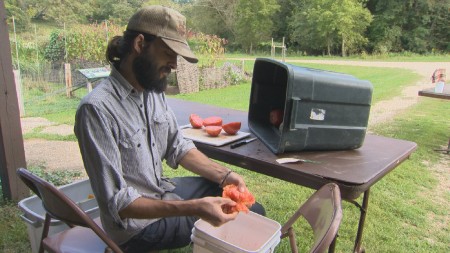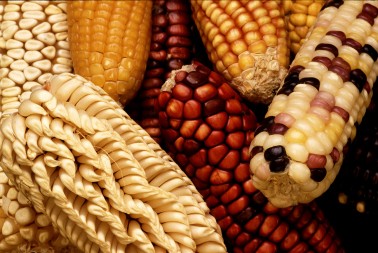"Saving Our Seeds" was produced by Quest Wisconsin's Andy Soth.
Cicero believed that all you really need in life is a garden and a library. He would have really liked a new program at the public library in La Crosse, Wisconsin: heirloom seeds available for checkout.
The La Crosse Public Library has joined a handful of libraries around the country in a quiet rebellion against a rising tide of genetic homogeneity in our food. Instead of grabbing an anonymous green pepper in the grocery store, the library’s members borrow seeds of old, storied varieties to plant in their own gardens. After the harvest, they save some of those plants’ seeds and return them to the library, perpetuating the seed collection.
La Crosse librarian Cindy Mischnick, who began the program with her colleague Kelly Becker, was motivated to start it when she grew concerned that “people have gone away from having small gardens or thinking about where their seeds come from.” As a librarian, she thought she might be able to do something about it. “We’re the kind of people that collect things, catalog things, have things available to check out,” she said. “Seeds are just another kind of item for us.”
The startup capital for this venture was genetic: boxes of seeds from the Seed Savers Exchange, a nonprofit organization dedicated to preserving heirloom varieties and promoting their cultivation. Their 890-acre farm in eastern Iowa, seen in the video above, is like a living library of heirloom plants -- old varieties that have been passed down through generations of gardeners.

Experts from Seed Savers drove the hour northeast to La Crosse to teach aspiring seed library users how to harvest their seeds. Picking tiny seeds out of pods, cleaning them off, drying them, painstakingly packaging them up -- it all sounds absurdly tedious to people used to just buying a few cheap packets of tomato and pepper seeds every year at the local home-and-garden warehouse. But saving seeds this way used to be routine.
